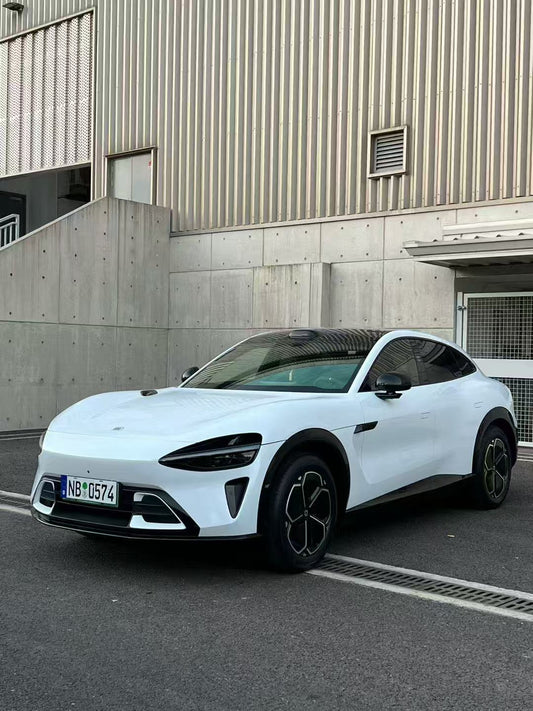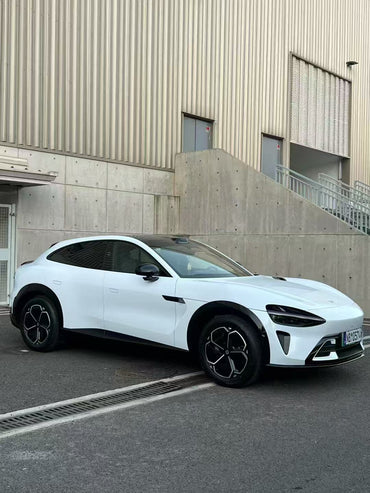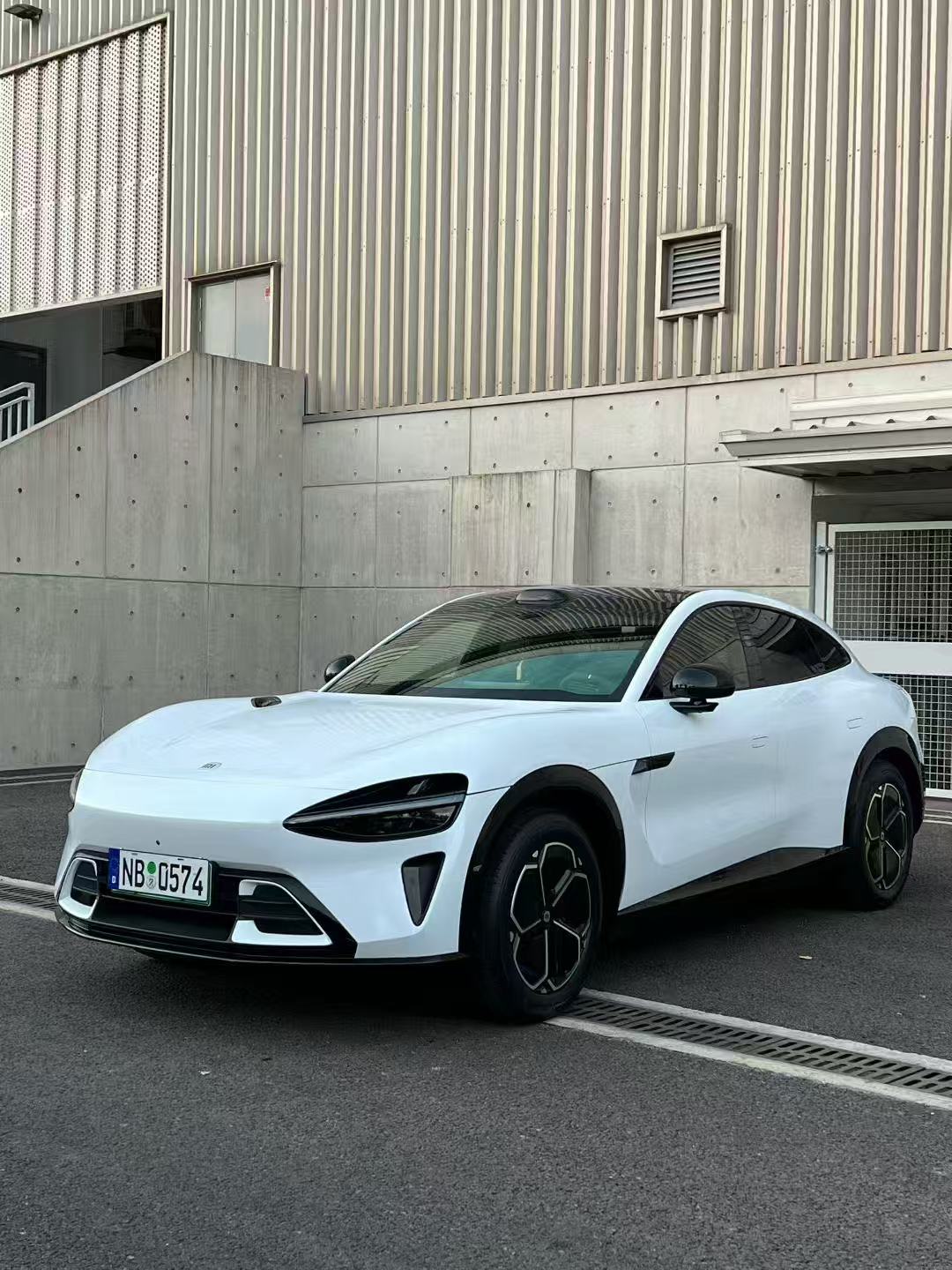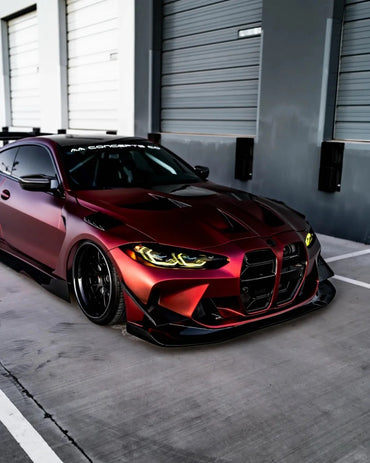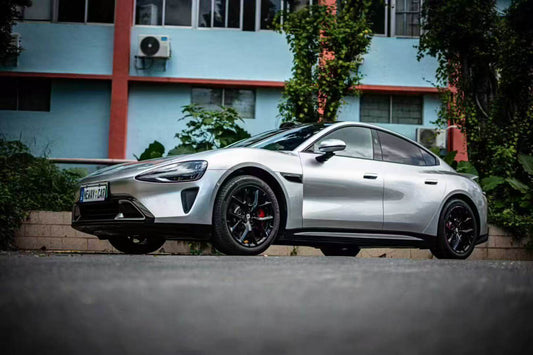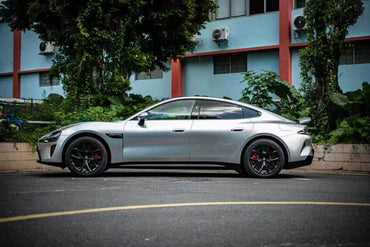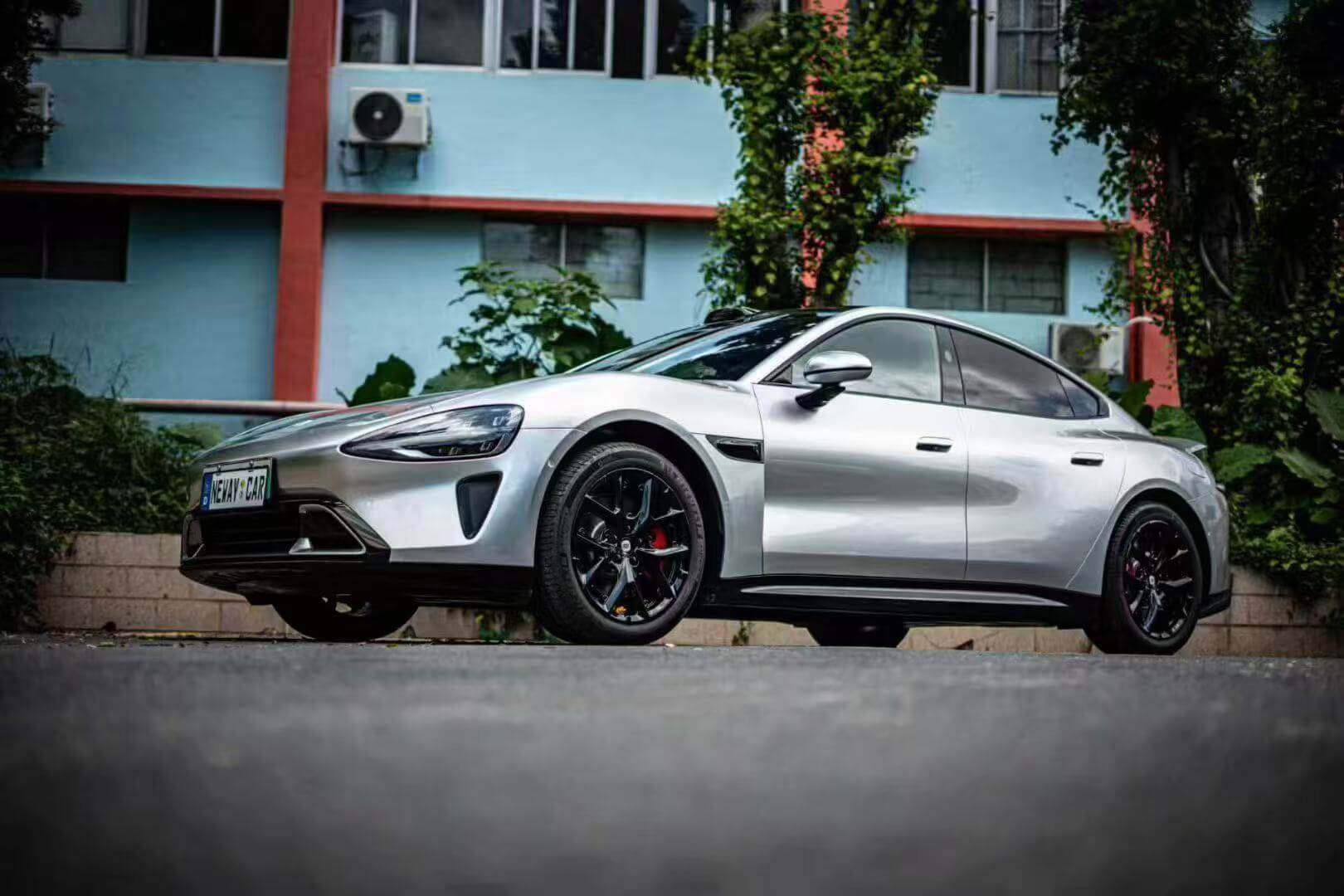Why Accurate Vinyl Wrap Calculation Matters
Proper measurements ensure a smooth installation process and help avoid unnecessary costs. Ordering too little means project delays and potential color matching issues, while excess material increases costs unnecessarily. Understanding vinyl wrap calculations is essential for both DIY enthusiasts and professional installers.
The Universal Vinyl Wrap Calculator Formula
The most widely accepted formula for calculating vinyl wrap needs is straightforward yet effective:
Basic Formula: (Vehicle Length × 3) + Extra Material (5-15 feet) = Total Vinyl Needed
This formula accounts for:
- Both sides of the vehicle
- The top surfaces (roof, hood, trunk)
- Bumpers and complex curves
- Installation errors and trimming waste
Example Calculation
For a 2024 Toyota Camry (16 feet long):
- Calculation: (16 × 3) + 12 = 60 feet of vinyl wrap
- Recommended roll: 5 feet × 60 feet
Vehicle Size Categories and Vinyl Requirements
Small Cars (Compact Vehicles)
Vinyl Needed: 50-55 feet (15-17 meters)
Popular models include:
- Audi A3 & A4
- BMW 2 & 3 Series
- Honda Civic
- Volkswagen Golf
- Nissan Sentra
- Mercedes C-Class
Mid-Size Cars
Vinyl Needed: 60-65 feet (18-20 meters)
Common vehicles:
- Toyota Camry
- Honda Accord
- BMW 5 Series
- Mercedes E-Class
- Ford Mustang
- Chevrolet Camaro
Full-Size Cars and Small SUVs
Vinyl Needed: 65-70 feet (20-23 meters)
Examples include:
- Audi A7 & A8
- BMW 7 Series
- Mercedes S-Class
- Small crossover SUVs
- Compact pickup trucks
Large SUVs and Trucks
Vinyl Needed: 70-100 feet (23-30 meters)
Heavy-duty vehicles:
- Chevrolet Suburban
- Cadillac Escalade
- Ford F-150/250
- Mercedes GLS
- Land Rover Range Rover
Professional Measuring Techniques for Different Vehicle Areas
Full Vehicle Wrap Measurements
Step-by-Step Process:
- Length Measurement: Measure from front bumper to rear bumper along the longest point
- Width Assessment: Account for side panels, doors, and fenders
- Height Calculation: Include roof height and ground clearance factors
- Complex Areas: Add extra material for curves, recesses, and detailed sections
Partial Wrap Calculations
Hood Wraps: Measure length, width, and account for edge wrap-around (typically 15-25 square feet)
Door Panels: Individual door measurements plus 10% overlap allowance
Roof Wraps: Full roof dimensions plus edge coverage requirements
Bumper Wraps: Include front/rear bumper curves and mounting point clearances
Advanced Calculation Methods
Panel-by-Panel Measurement Technique
For precise calculations, measure each panel individually: hood, doors, fenders, roof, bumpers, and calculate the area by multiplying length by breadth. This method provides the most accurate material requirements for complex vehicle shapes.
Process:
- Divide vehicle into rectangular sections
- Calculate square footage per panel
- Sum all panel areas
- Add 15-20% for waste and overlap
- Convert to linear footage based on roll width
Professional Installation Considerations
Professional installers recommend adding 10-20% extra vinyl for challenging spots during setup, especially for complex curves or edges requiring careful measurements. This accounts for:
- Installation mistakes
- Complex curves and contours
- Trimming allowances
- Future touch-ups or repairs
Coverage Calculator Tips and Best Practices
Essential Measuring Tools
- Steel measuring tape (minimum 25 feet)
- Digital measuring device for precision
- Calculator or smartphone app
- Vehicle specification sheets
Measurement Accuracy Tips
- Measure twice, order once
- Account for vehicle-specific features (spoilers, body kits, etc.)
- Consider roll width limitations (standard 60-inch rolls)
- Round up measurements to nearest foot
Common Calculation Mistakes to Avoid
- Underestimating complex curves
- Forgetting bumper coverage
- Ignoring door jambs and edges
- Not accounting for installation skill level
Ordering Tips to Minimize Waste
Smart Purchasing Strategies
Buy Strategically: Purchase a few extra yards to account for potential mistakes during installation and future repairs, as wrap shades can go out of production.
Consider Roll Sizes: Standard vinyl wraps come in 60-inch widths with various lengths (25ft, 50ft, 75ft, 100ft).
Quality vs. Quantity: Choose high-quality materials like Sailifilm's premium vinyl wraps that offer better conformability and durability.
Material Selection Factors
Vinyl Types for Different Applications:
- Gloss Finishes: Classic automotive appearance
- Matte Options: Modern, sophisticated look
- Carbon Fiber Patterns: High-tech aesthetic
- Color-Changing Films: Premium customization option
Sailifilm Product Recommendations: Our TPU Paint Protection Films offer dual protection and aesthetic enhancement, while our car vinyl wrap collection provides extensive customization options for any vehicle type.
Installation Efficiency and Waste Reduction
Maximizing Material Usage
Cutting Strategy: Plan your cuts before starting installation to minimize waste pieces.
Surface Preparation: Ensure the surface is perfectly smooth and clean, as wraps magnify any debris from dirt to the tiniest speck of dust.
Temperature Control: Install in optimal temperature conditions (68-78°F) for best material conformability.
Professional vs. DIY Considerations
DIY Projects: Add 15-20% extra material for learning curve and potential mistakes.
Professional Installation: Experienced installers typically need 10-15% extra material.
Complex Vehicles: Sports cars and luxury vehicles with intricate curves may require 20-25% additional material.
Vehicle-Specific Calculation Examples
Popular 2025 Models
Tesla Model 3 (15.7 feet): (15.7 × 3) + 12 = 59 feet Ford F-150 (17.5 feet): (17.5 × 3) + 15 = 67.5 feet
Honda CR-V (14.7 feet): (14.7 × 3) + 10 = 54 feet BMW X5 (16.1 feet): (16.1 × 3) + 12 = 60 feet
Trending Vehicle Types in 2025
Electric vehicles and crossover SUVs are gaining popularity, with color trends favoring deep blues, matte finishes, and carbon fiber patterns. These vehicles often feature unique body lines requiring careful measurement consideration.
Cost-Effective Calculation Strategies
Budget Planning
Material Costs: Vinyl wraps cost 30-50% less than factory paint jobs, making them accessible for various budgets.
Project Scope: Determine full wrap vs. partial wrap based on goals and budget constraints.
Long-term Value: Quality materials and proper installation provide years of protection and aesthetic appeal.
ROI Considerations
Vinyl wraps offer excellent return on investment through:
- Paint protection benefits
- Customization flexibility
- Resale value preservation
- Professional branding opportunities
Conclusion: Master Your Vinyl Wrap Project
Accurate vinyl wrap calculation is the foundation of successful vehicle customization. By following the proven formula of (Vehicle Length × 3) + Extra Material, measuring carefully, and choosing quality materials like Sailifilm's professional-grade products, you'll achieve professional results while minimizing waste and costs.
Whether you're planning a subtle color change or bold custom design, proper calculation ensures your vinyl wrap project succeeds from start to finish. Remember to account for your skill level, vehicle complexity, and always round up for optimal results.
Ready to transform your vehicle? Start with accurate measurements, choose quality materials, and follow professional installation techniques for stunning, long-lasting results.
External Resources:





